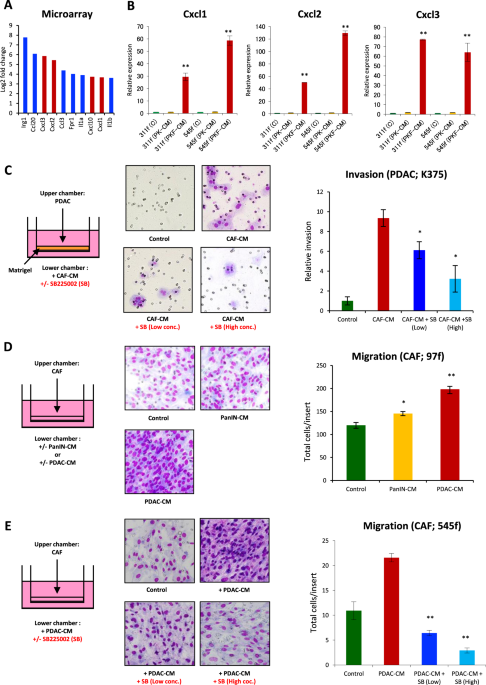Abstract
Reduction of atmospheric sulfur (S) deposition and recovery of terrestrial ecosystems from acidification are matters of concerns in Asia. The Lake Ijira catchment (IJR) is located in the downwind region of the Chukyo Industrial Area in central Japan and has historically experienced large-scale deposition of S and nitrogen (N) from the atmosphere. Long-term monitoring data on the river water (RW) chemistry since 1988 were assessed with intensive-survey datasets on the input–output material budgets and S isotopic analysis (δ34S). Previous studies have suggested that IJR was acidified and N-saturated, which was triggered by climatic anomalies (cold summer and drought summer) in the mid-1990s. Analysis shows that with a decline in \( {\text{NO}}_{3}^{ - } \) concentrations, RW pH recovered to its original level in the early 2000s. Reductions in atmospheric deposition, diminished effects of climatic anomalies, and forest management practices, have all contributed to RW chemistry recovery. Although the \( {\text{SO}}_{4}^{2 - } \) concentration in the RW has declined continuously after the peak in 1994, the mean \( {\text{SO}}_{4}^{2 - } \) output significantly exceeded the input; the 5-year means from 2010 to 2014 are 2.5 kmolc ha−1 year−1 and 0.86 kmolc ha−1 year−1, respectively. The mean δ34S values of \( {\text{SO}}_{4}^{2 - } \) in rainwater and soil solution at 20 cm depth were 4.3 ‰ and 3.5 ‰, respectively, and that in the RW was −13.2‰. The contributions of groundwater S to the RW S were estimated to range from 75 to 91%. Geological S with significantly low δ34S values largely contributed to the discrepancy of the input–output budget, while atmospheric S appeared to accumulate in soil as organic S. The tree-ring δ34S profile recorded historical changes in the atmospheric inputs in the region. With recovery of the RW, the relative contribution of atmospheric S became smaller. However, most of the atmospheric S is still retained in soil. Over the last few decades, RW chemistry has sensitively responded to changes in the atmospheric environment, including the atmospheric deposition of S and N and climatic anomalies, and as future changes are likely, long-term monitoring is essential.
from Energy Ecology Environment Ambio via Terpsi Hori on Inoreader http://bit.ly/2FKBBuS





















